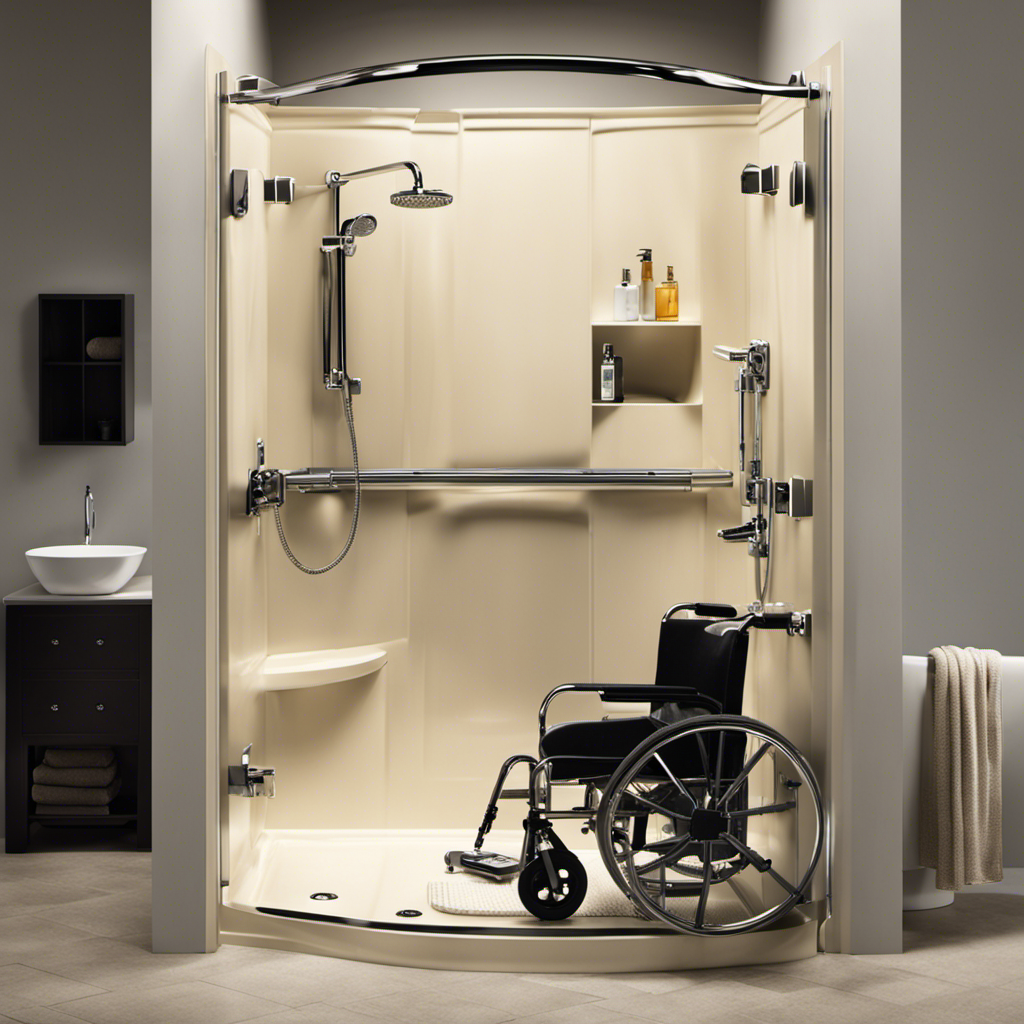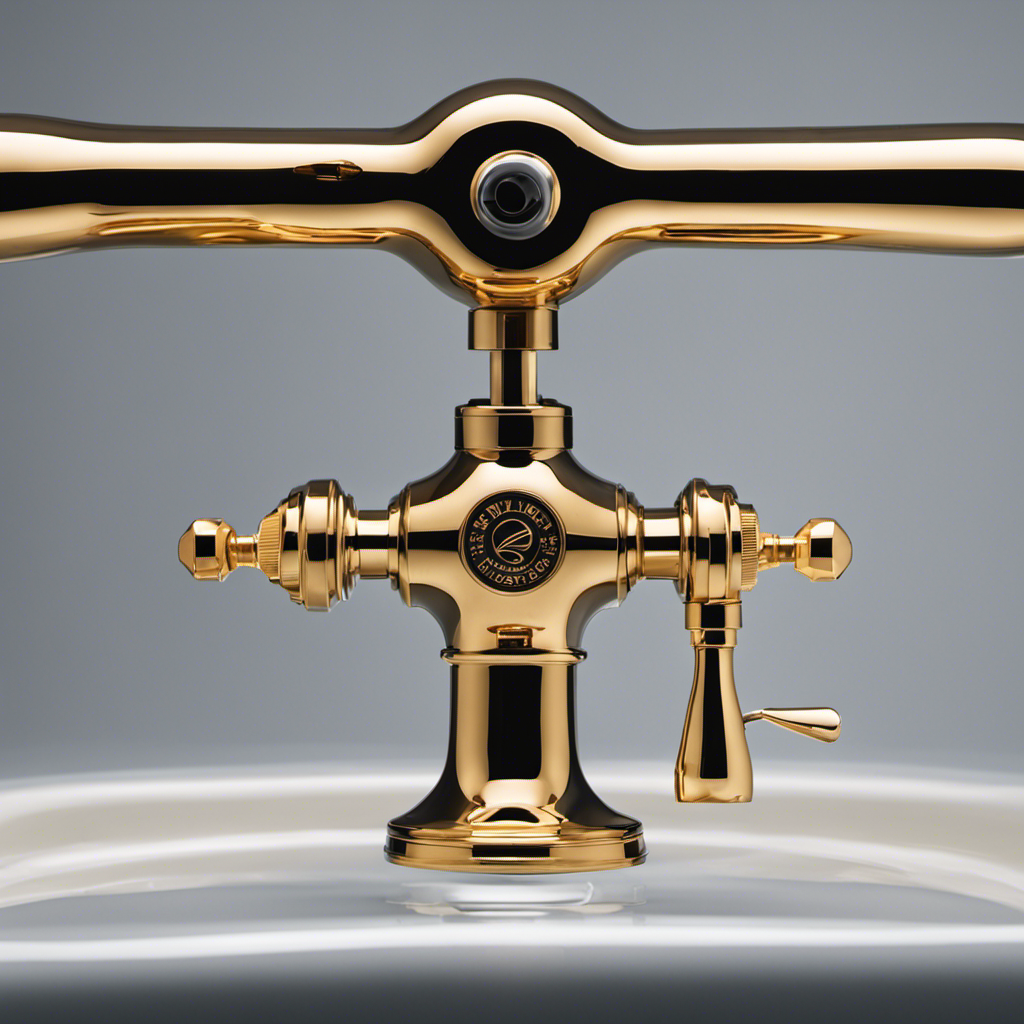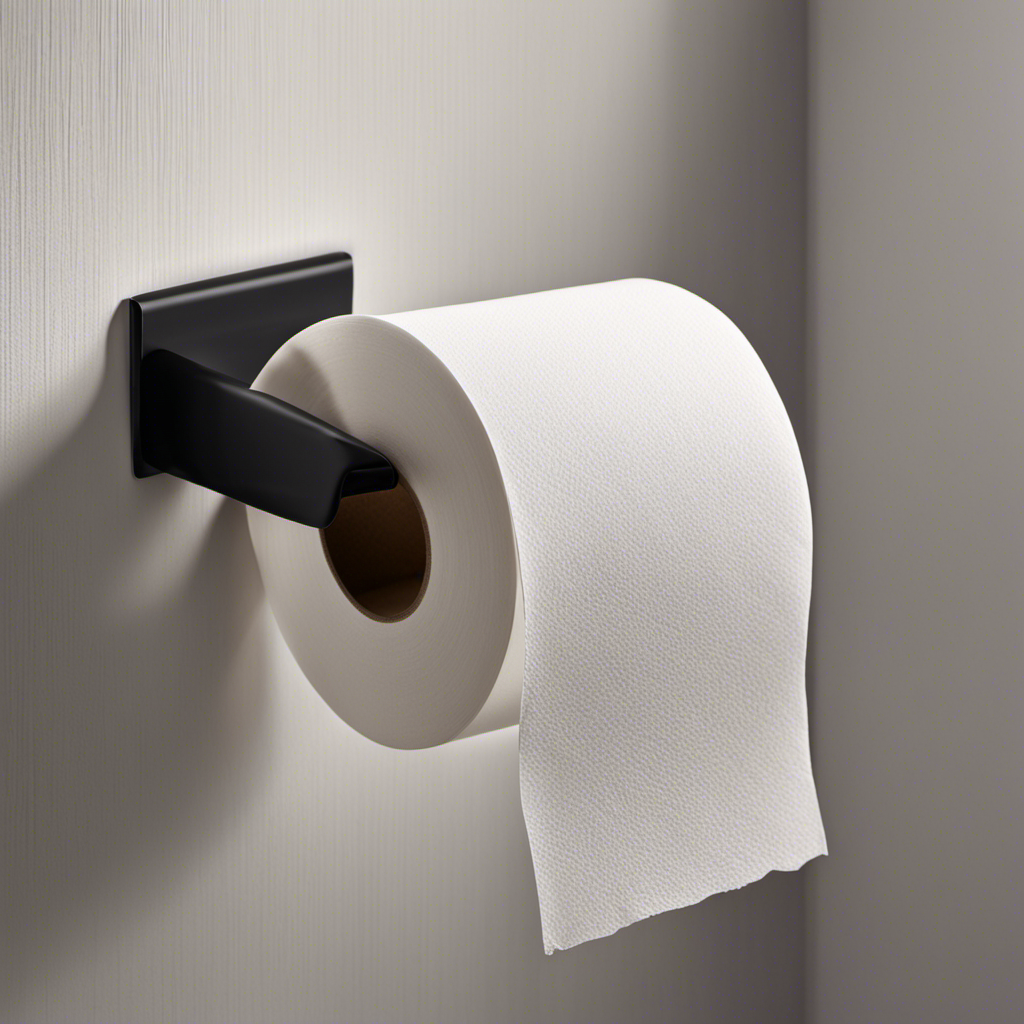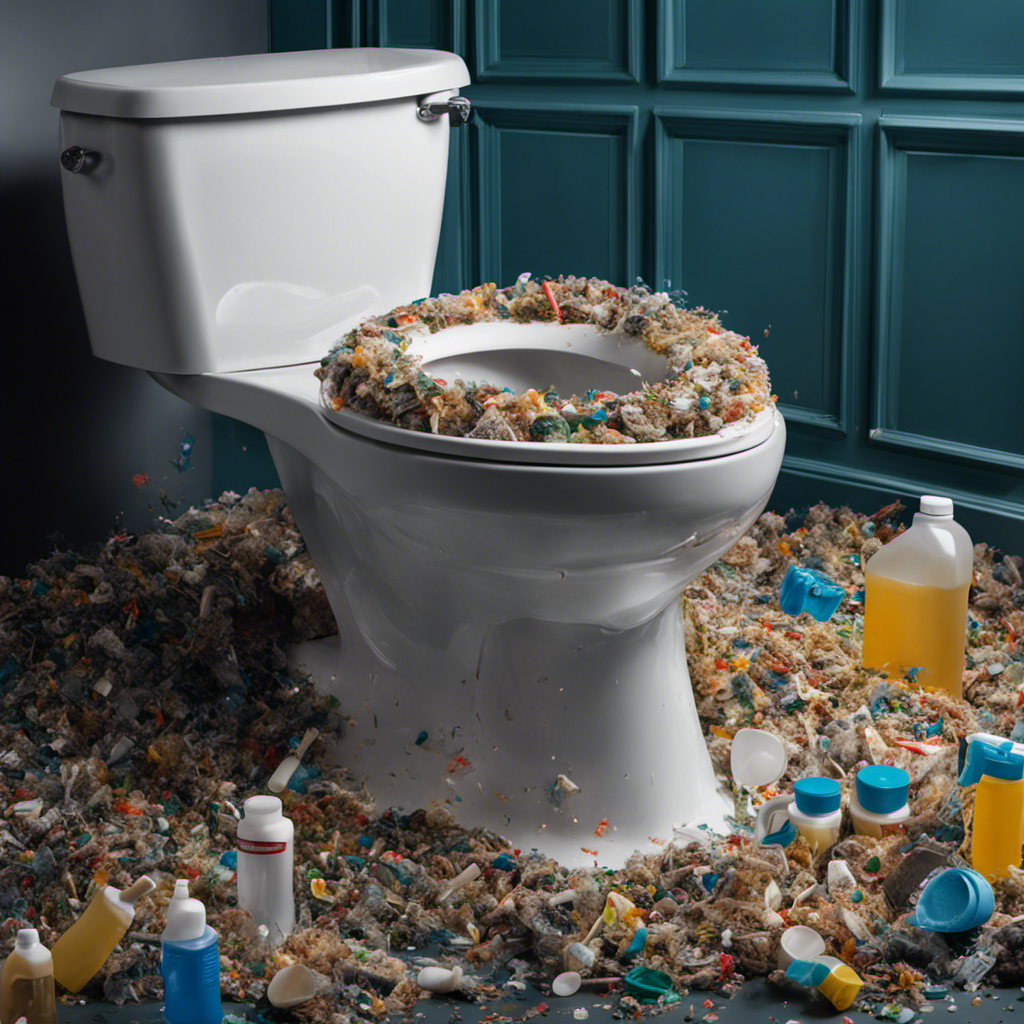I know what you’re thinking – getting rid of an old toilet sounds like a daunting task. But trust me, it’s easier than you think!
In this article, I’ll walk you through the step-by-step process of safely and efficiently disposing of that outdated porcelain throne.
From assessing the condition of your old toilet to researching local disposal options, I’ll provide you with all the information you need to make this task a breeze.
So let’s roll up our sleeves and bid farewell to that old commode!
Key Takeaways
- Assess the condition of the old toilet for cracks, chips, leaks, and flushing mechanism functionality.
- Research local disposal options such as waste management departments, recycling centers, Habitat for Humanity ReStore, plumbing companies, and scrap metal recyclers.
- Disassemble the toilet by turning off the water supply, flushing and draining water, disconnecting the water supply line, and removing bolts securing the toilet to the floor.
- Safely transport the old toilet by wrapping it for protection, using a dolly or cart, securing it with straps or bungee cords, and driving carefully to prevent sliding or tipping.
Assessing the Condition of Your Old Toilet
Before you can decide how to get rid of your old toilet, you’ll need to assess its condition.
Start by examining the toilet for any signs of wear and tear. Look for cracks or chips in the porcelain, as well as any leaks around the base or fittings. Check the flushing mechanism to see if it’s working properly or if it’s sluggish.
If you notice any major issues, such as extensive damage or persistent leaks, it may be time to consider replacing the toilet altogether. However, if the problems are minor, you might be able to repair them instead. For example, if the flushing mechanism is just a bit slow, it could be a simple fix like adjusting the water level or replacing a worn-out flapper.
Assessing the condition of your old toilet will help you make an informed decision on whether to repair or replace it.
Researching Local Disposal Options
When researching local disposal options, you can start by checking with your city or county waste management department to find out the best way to dispose of your old toilet. They can provide you with information on local recycling centers that accept toilets for recycling.
Additionally, consider donating your old toilet to a Habitat for Humanity ReStore, where it can be reused by someone in need.
Here are some other options to consider:
- Contact local plumbing companies to see if they offer toilet disposal services.
- Check with local scrap metal recyclers, as they may accept toilets for their metal components.
- Look for community clean-up events or hazardous waste collection days where you can safely dispose of your old toilet.
- Consider listing your old toilet for free on online classified websites or community forums for someone who may be able to repurpose or salvage parts from it.
By exploring these options, you can find the best way to dispose of your old toilet while minimizing waste and potentially helping others.
Now, let’s move on to the next step: disassembling the toilet for easier removal.
Disassembling the Toilet for Easier Removal
To make removal easier, you can start by disconnecting the water supply to the toilet. This is an important step when disassembling a toilet for removal.
First, locate the shut-off valve, usually located near the base of the toilet. Turn it clockwise to shut off the water supply.
Next, flush the toilet to drain any remaining water from the tank and bowl. Use a bucket or towels to soak up any excess water.
Now you can proceed with removing the toilet. Start by disconnecting the water supply line from the bottom of the tank using an adjustable wrench.
Then, remove the bolts securing the toilet to the floor using a wrench or pliers.
Finally, lift the toilet off the floor and carefully carry it to your desired disposal location.
Following these steps will make the removal process much easier. Remember to wear gloves and take necessary safety precautions.
Safely Transporting the Old Toilet
Once you’ve disconnected the water supply and removed the toilet, carefully carry it to your desired disposal location. Transporting an old toilet can be a tricky task, but with these transportation tips, you can avoid any damage and make the process easier:
- Wrap the toilet in bubble wrap or old blankets to protect it from scratches and cracks.
- Use a dolly or a cart to move the toilet, as it can be heavy and awkward to carry.
- Secure the toilet to the dolly or cart with straps or bungee cords to prevent it from shifting or falling off during transportation.
- If you’re using a vehicle to transport the toilet, place it securely in the trunk or the back of the vehicle, making sure it won’t move around during the journey.
- Drive carefully, avoiding any sudden stops or turns that could cause the toilet to slide or tip over.
Properly Disposing of the Old Toilet
If you’re unsure of how to properly dispose of your old toilet, you can contact your local waste management facility for guidance. They will be able to provide you with information on donation opportunities and recycling options in your area.
Donating your old toilet can be a great way to give back to your community. Many organizations and charities accept used toilets in good condition and can use them to benefit those in need.
Recycling is another option to consider. Some waste management facilities have programs in place to recycle old toilets, which helps reduce waste and conserve resources.
Conclusion
In conclusion, getting rid of an old toilet may seem like a daunting task, but with the right steps, it can be done efficiently and safely.
Remember to assess the condition of the toilet and research local disposal options to ensure proper disposal.
Disassembling the toilet will make removal easier, and transporting it safely is crucial.
Finally, make sure to dispose of the old toilet properly to protect the environment.
Did you know that according to a study by the Environmental Protection Agency, toilets account for almost 30% of indoor water use in the United States?
Taking the time to replace an old toilet with a water-efficient model not only helps the environment but can also save you money on water bills.










